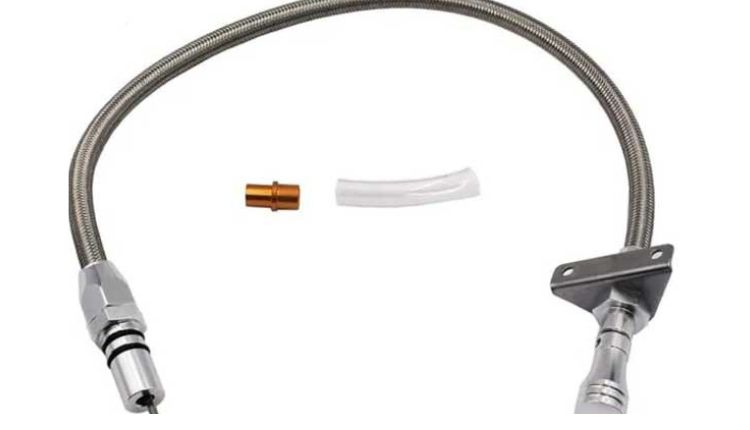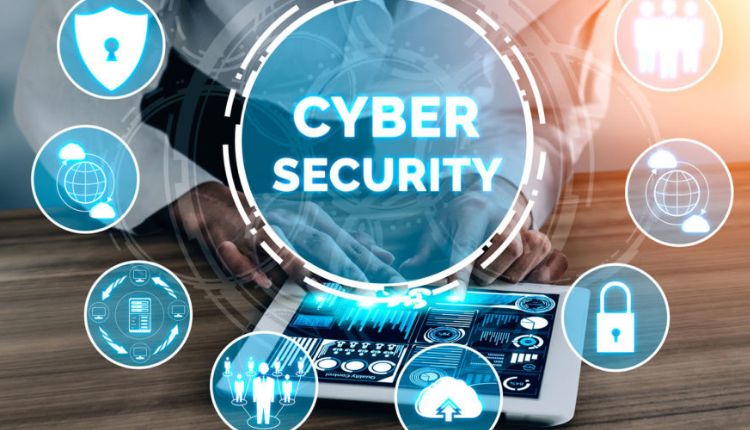
What Is Cybersecurity And How Does It Affect You?
Cyber-Physical Systems (CPS) include industrial control systems, water systems, smart grids, and robotics. These systems have a wide range of vulnerabilities that can be exploited by malicious actors. A blockchain can help prevent deception among robot team leaders by offering a tamper-proof record of all transactions and the ability to identify inconsistencies in the information trail. It also limits the number of lies a hacked robot could spread.
Cyber-Physical Systems
Cyber-Physical Systems (CPS) integrate computation with physical processes, often with feedback loops where the two interact. They have enormous economic and societal potential but also present major technical challenges. In the industrial world, CPS are used to self-monitor production processes and operations by collecting and sharing information between machines, business systems, supply chains and suppliers. This improves visibility and control of the entire process, resulting in greater product security and traceability.
Researchers from MIT’s Media Lab have designed a system that limits the number of lies a hacked robot could spread by allowing leaders to signal movements and add transactions to a chain, but forfeiting their tokens when they are caught in a lie. By simulating follow-the-leader scenarios, they found that the transaction-based communications system enabled all followers to travel their intended paths even when malicious leaders misled them.
Internet Of Things (IoT)
The Internet of Things (IoT) is a network of devices that are connected to the internet and share data. This data can be used for a number of purposes. A typical example is the supply chain: IoT sensors can track a shipment from the farm to its final destination, verifying where and how it got there. This information can be recorded in a blockchain, enabling a secure, immutable supply chain.
The Internet of Things is an enormously valuable tool in a variety of industries. It allows companies to collect huge volumes of data that they can then use to make predictions, save time and energy and increase production efficiency.
Cyber-Criminals
Cyber-Criminals are individuals who engage in malicious activities using a computer or other digital technology to commit a crime. They may use a variety of techniques, including stealing personal information or computer security breaches. They may also use their technical skills to sell malware and exploit kits on cybercriminal underground markets or attack businesses and governments. These are the types of crimes that affect people’s lives and can even lead to a national economic collapse.
Despite the many advances in cybersecurity, the cyberattack surface continues to grow at an alarming rate. In addition, cybercriminals have access to powerful, low-cost mobile computers that allow them to hack into networks remotely.
Smart Factory
Smart factories are a growing movement that uses technology to improve manufacturing processes and streamline production. They use data to optimize production and respond to changing needs. They use information systems and connected machines to monitor plant performance, and they employ artificial intelligence and machine learning to automate data collection and process improvement. They also use automation to reduce manual labor and make operations more efficient.
However, the use of such advanced digital technologies brings with it a host of security concerns. Cybercriminals can find vulnerabilities in these systems and devices, and exploit them to attack the company. They may even cause physical damage to the critical infrastructure that makes these systems work.
Automotive
Industrial robots in manufacturing relieve bottlenecks, improve quality, increase capacity, reduce warranty costs and protect workers from dangerous jobs. They can also help companies reduce labor costs and maintain high production outputs, which helps in boosting market growth. Automotive robotics are widely used in the automobile industry to perform various functions, such as painting and welding. They can also work alongside human operators to reduce error rates and increase efficiency.
Cybersecurity is a key issue that is faced by automotive robotics. These machines are connected to the internet, and hackers may target these systems through malware or ransomware. In addition, these systems are prone to battery constraints and system failures. These issues can negatively affect the performance of the device and its components. It is important to identify and mitigate these risks.
Conclusion
So, Robots have made a significant impact in many industries like manufacturing, entertainment, healthcare, transportation, and tourism. But there are certain challenges that still need to be addressed like data security, inter-robot communication, and unmanned navigation. Researchers at MIT and Polytechnic University of Madrid have developed a system that uses a blockchain to secure coordination among multi-robot systems. It could be used to help swarms of self-driving cars work together to navigate through cities.




